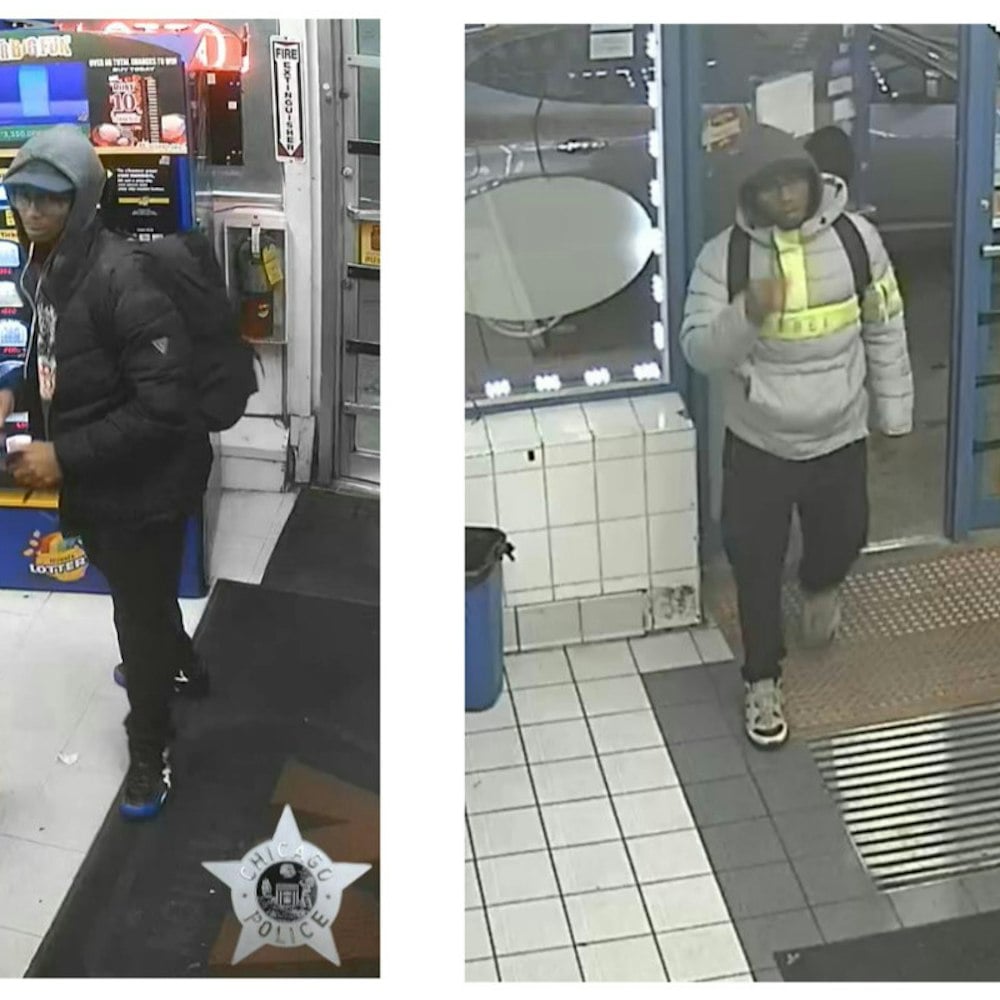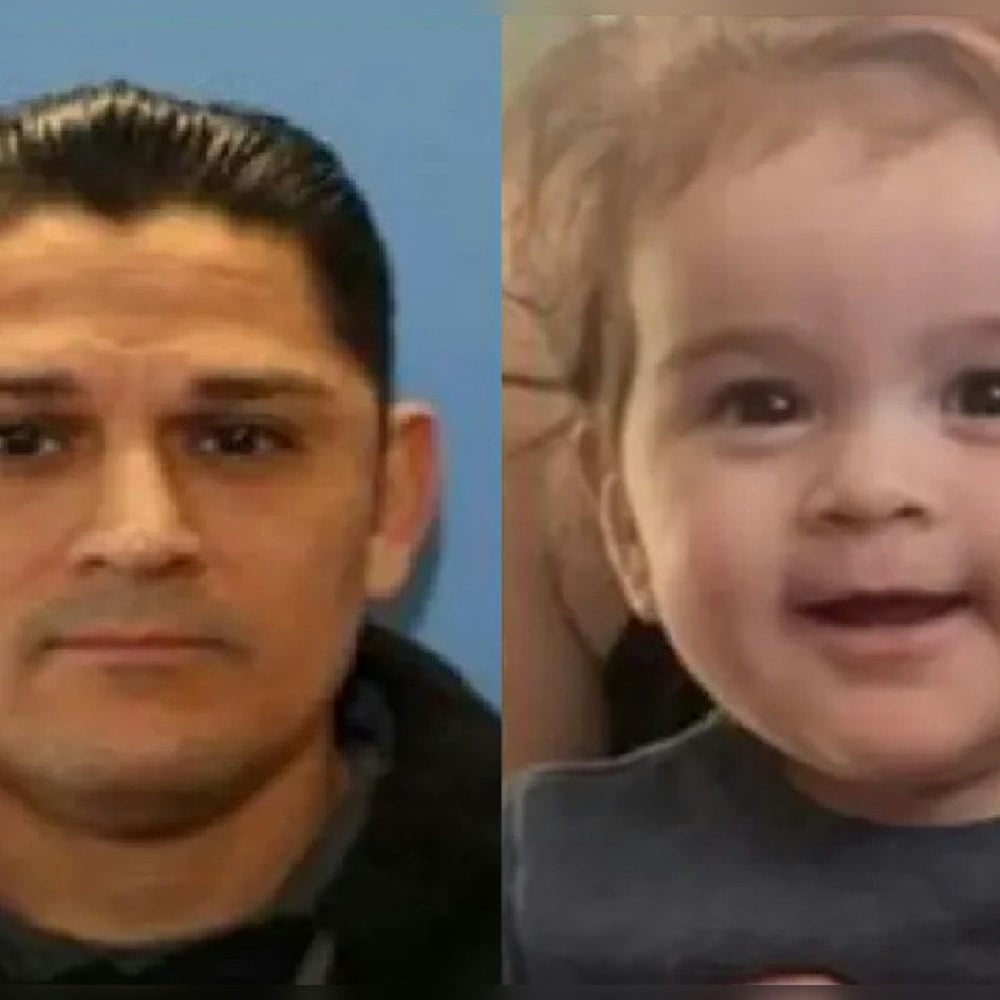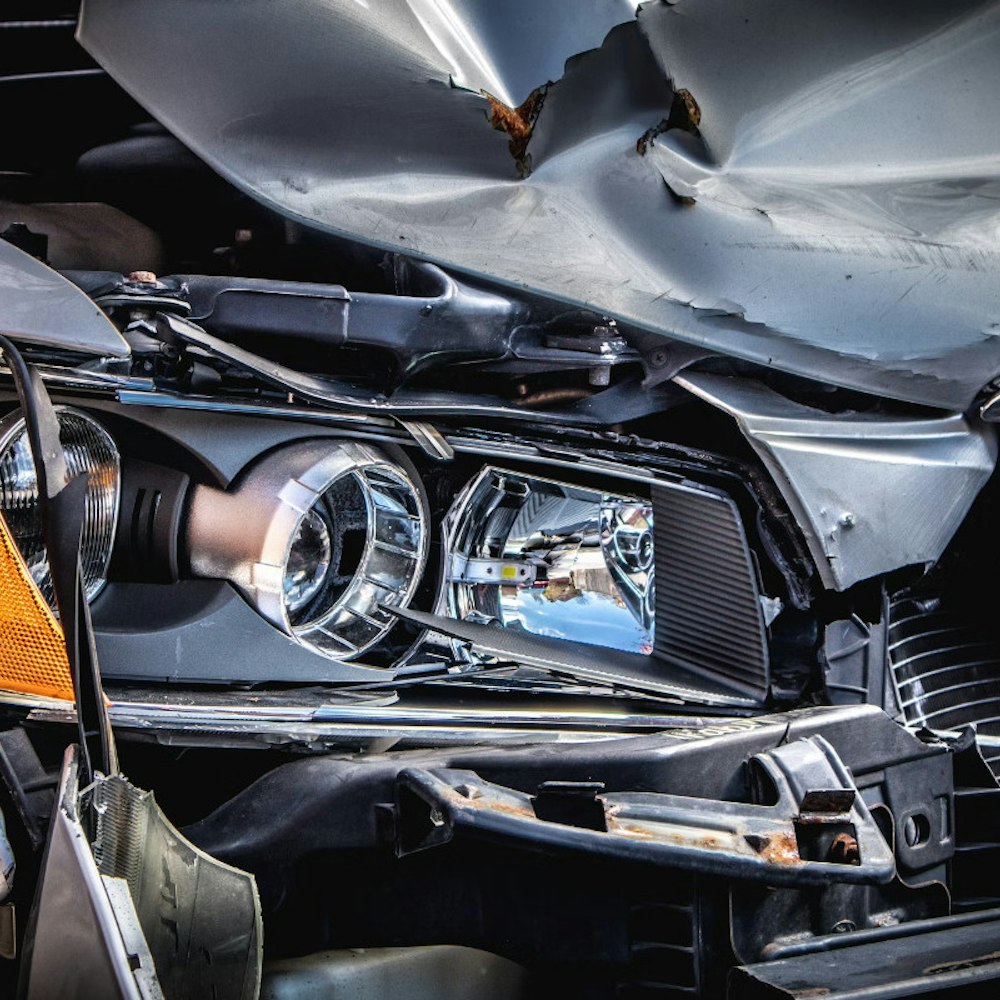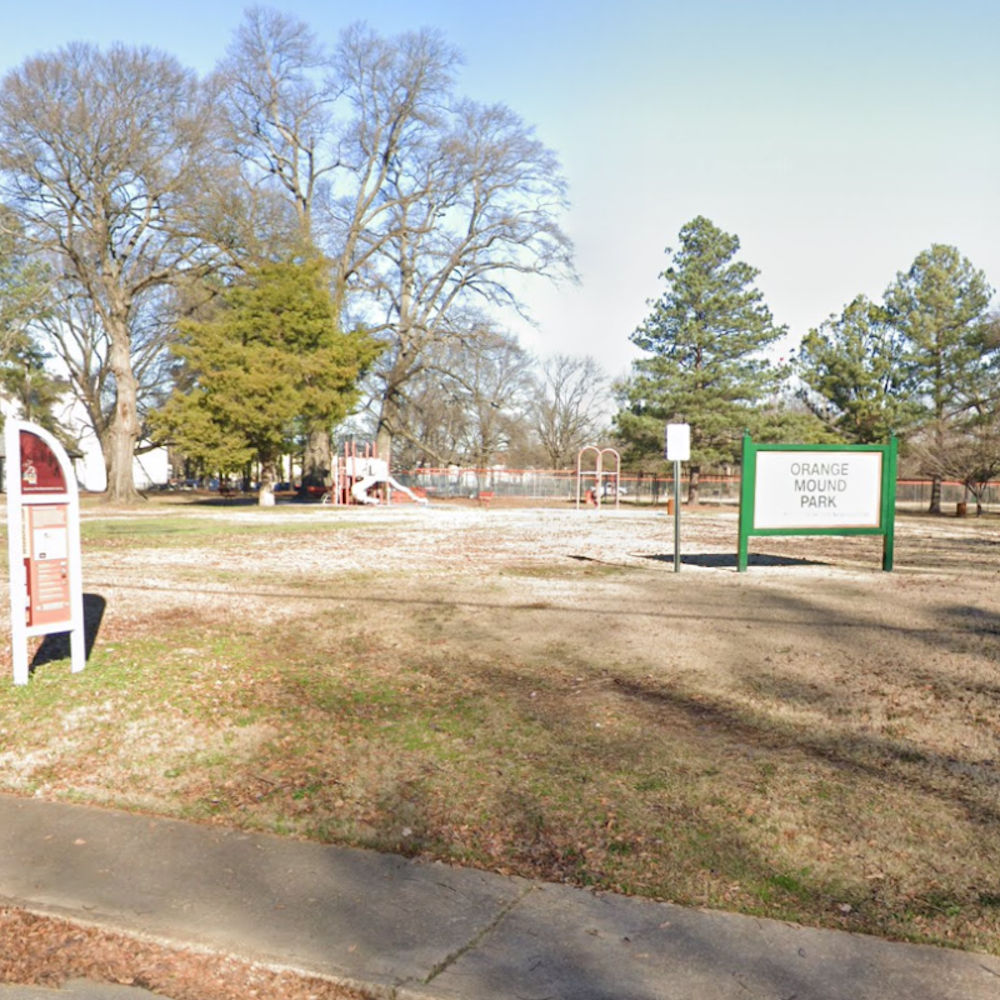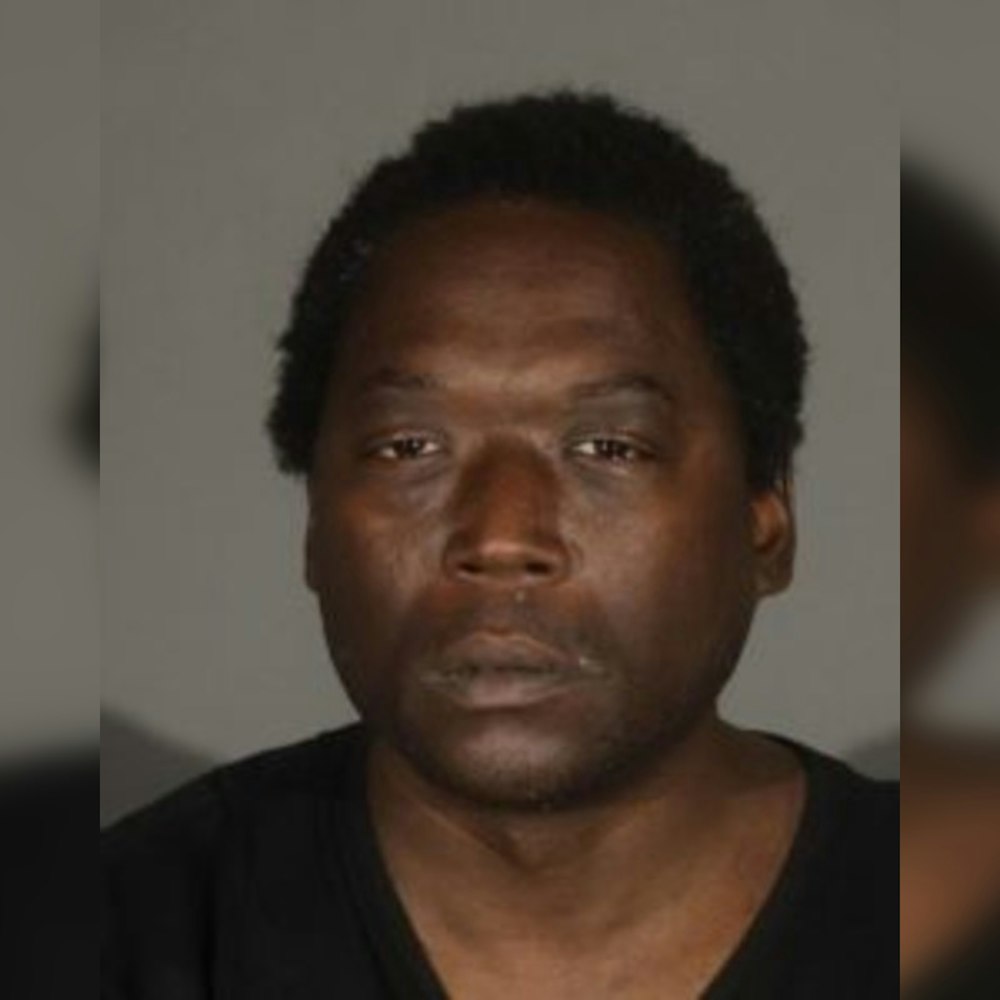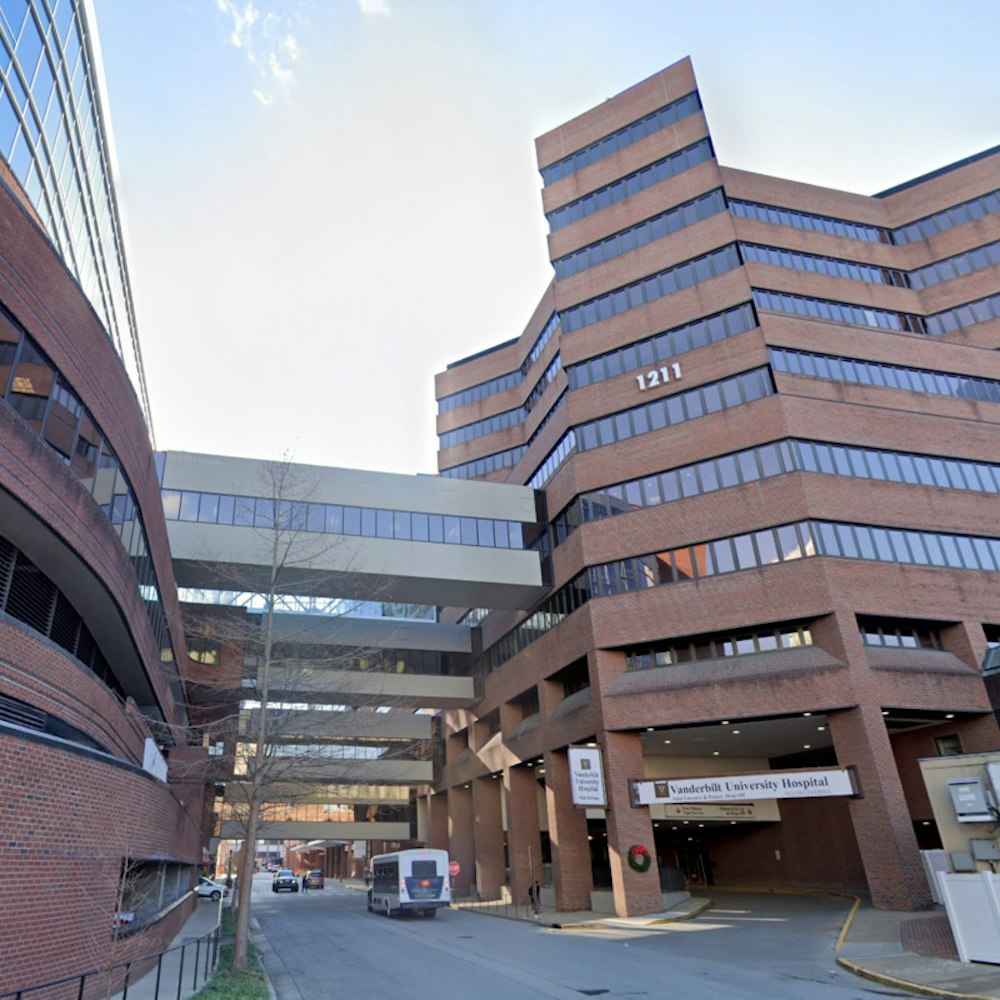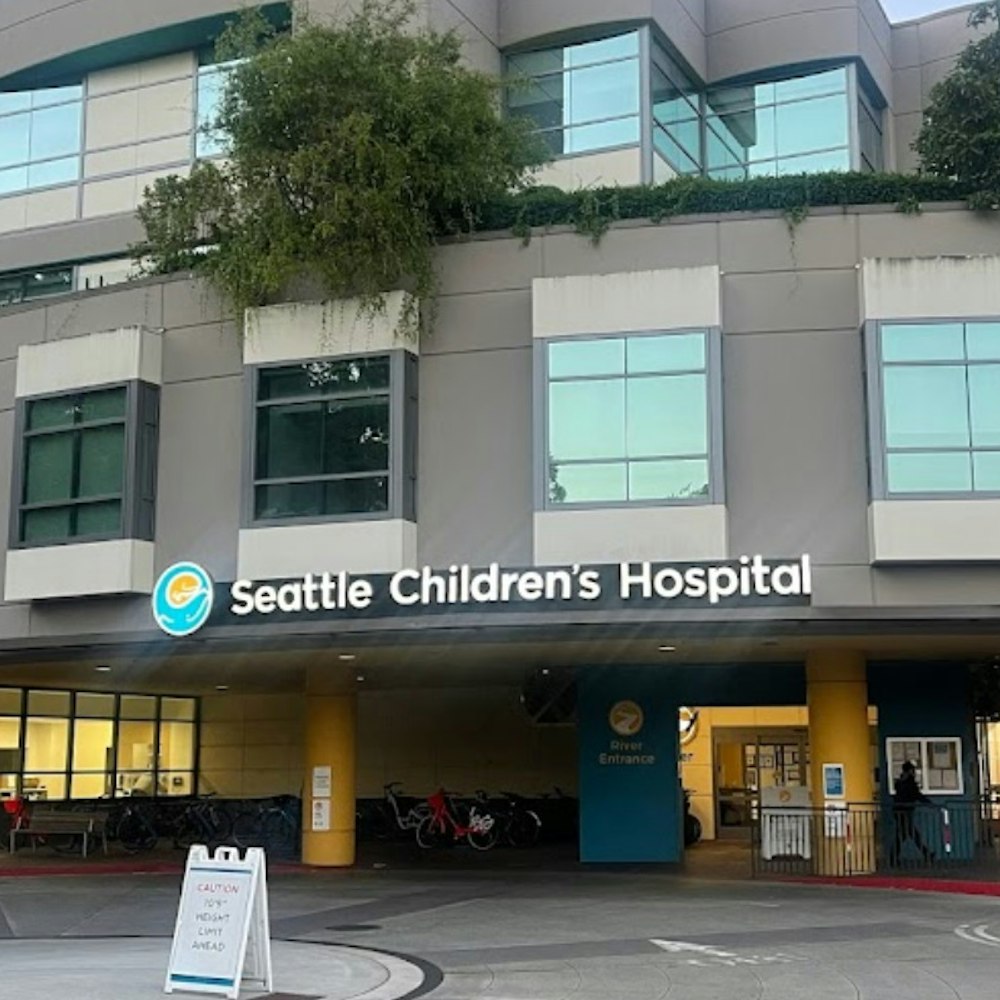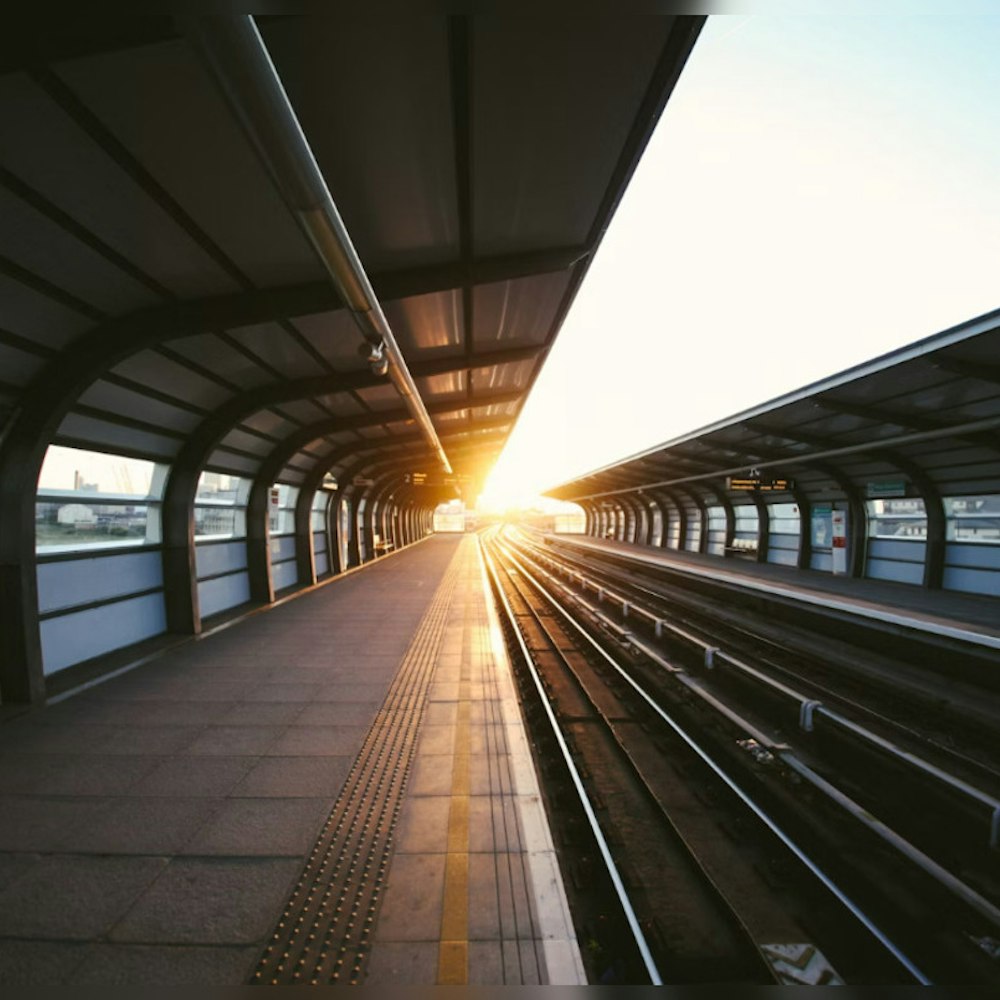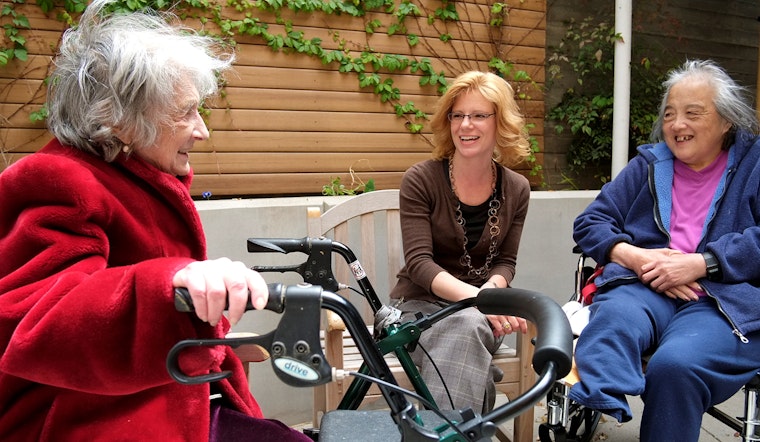
San Francisco has more than 100,000 residents with disabilities. To assist them, it offers a wide array of services, ranging from in-home care to help obtaining insurance benefits. But only about 10 percent of the city’s disabled residents actually end up receiving this help. Now, the city is gearing up to change that.
“People who live with disabilities often get overlooked,” said Shireen McSpadden, executive director of the SF Department of Aging and Adult Services (DAAS).
Last month, San Francisco voters approved Proposition B, officially changing the name of McSpadden’s department to the Department of Disability and Aging Services.
The passage of Proposition B will also permanently alter the makeup of the department’s seven-member commission. At least one disabled member and one U.S. veteran will be required to serve at all times, to better reflect the diversity of clients that the department serves.
But McSpadden and others want the city to do even more. So they're working on a plan to open what McSpadden says will be the nation’s first municipally supported disability cultural center — ideally, by summer 2020.
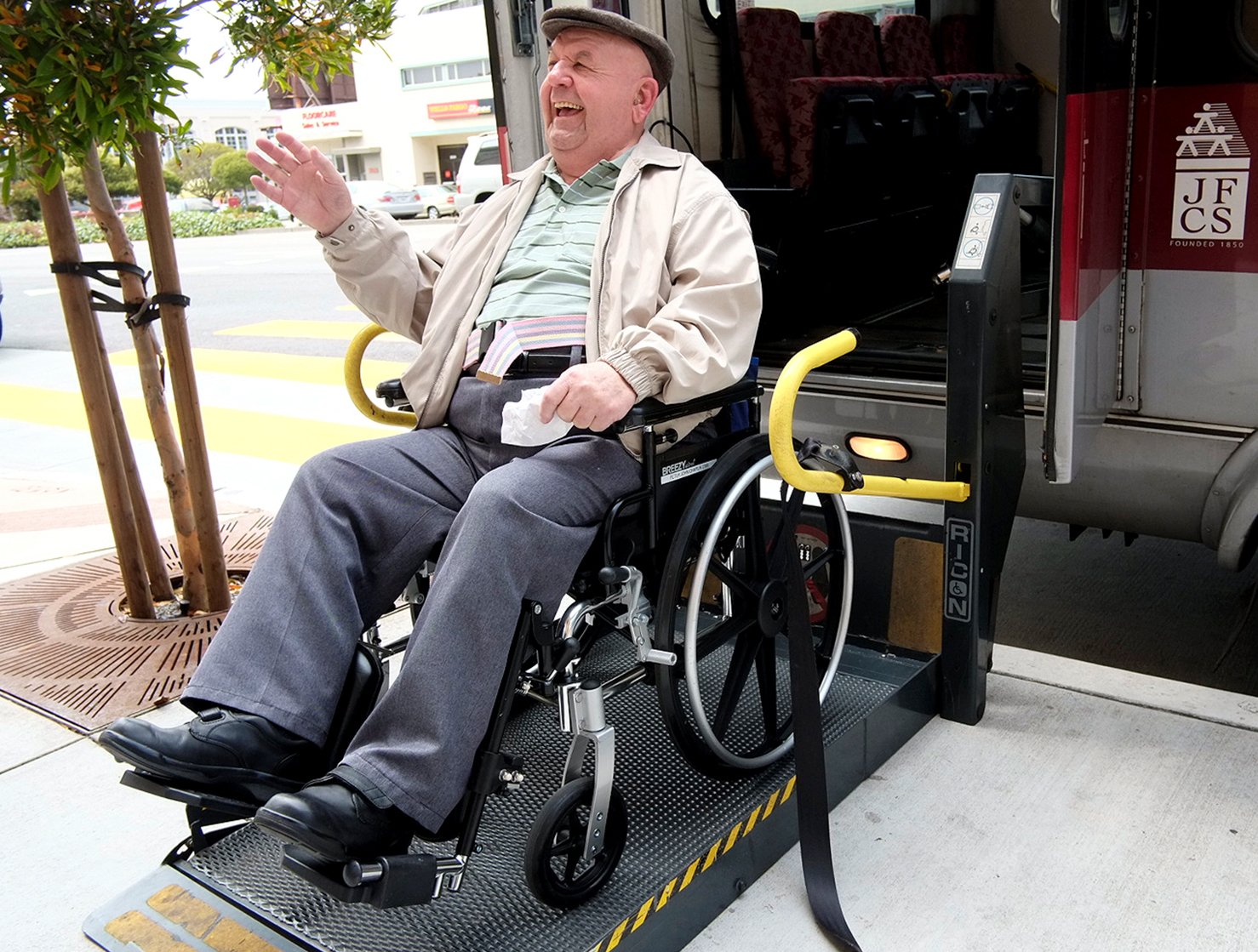
The changes to McSpadden’s department, and the plans for the center, have been three years in the making. In 2016, San Francisco voters approved the Dignity Fund via Proposition I, a measure to guarantee funding of services for seniors and people with disabilities.
That measure also required DAAS to produce regular reports on how the funds would be used. The first report, in March 2018, found that many people with disabilities did not know about the services provided by the city, and as a result were not getting the services they needed.
After family and friends and the internet, community service centers were the third-most effective way of informing people about services, the report noted. In response, city officials are gearing up to open one.
“The idea that they could have a place that they could drop in and be a part of that community, get that support, get that access to information is a huge value to our city,” said District 6 Supervisor Matt Haney, who represents the Tenderloin and SoMa. His district has the largest number of people with disabilities in the city.
McSpadden, who took the helm at DAAS three years ago after being appointed by the late Mayor Ed Lee, said that the combination of seniors and people living with disabilities make up about a quarter of San Francisco’s total population. And with the baby boom generation aging, their numbers are growing.
“Older adults will be 30 percent of [San Francisco's] population by 2030,” she said. “When you add people with disabilities [who are] younger than that, it will be closer to 35 percent.”
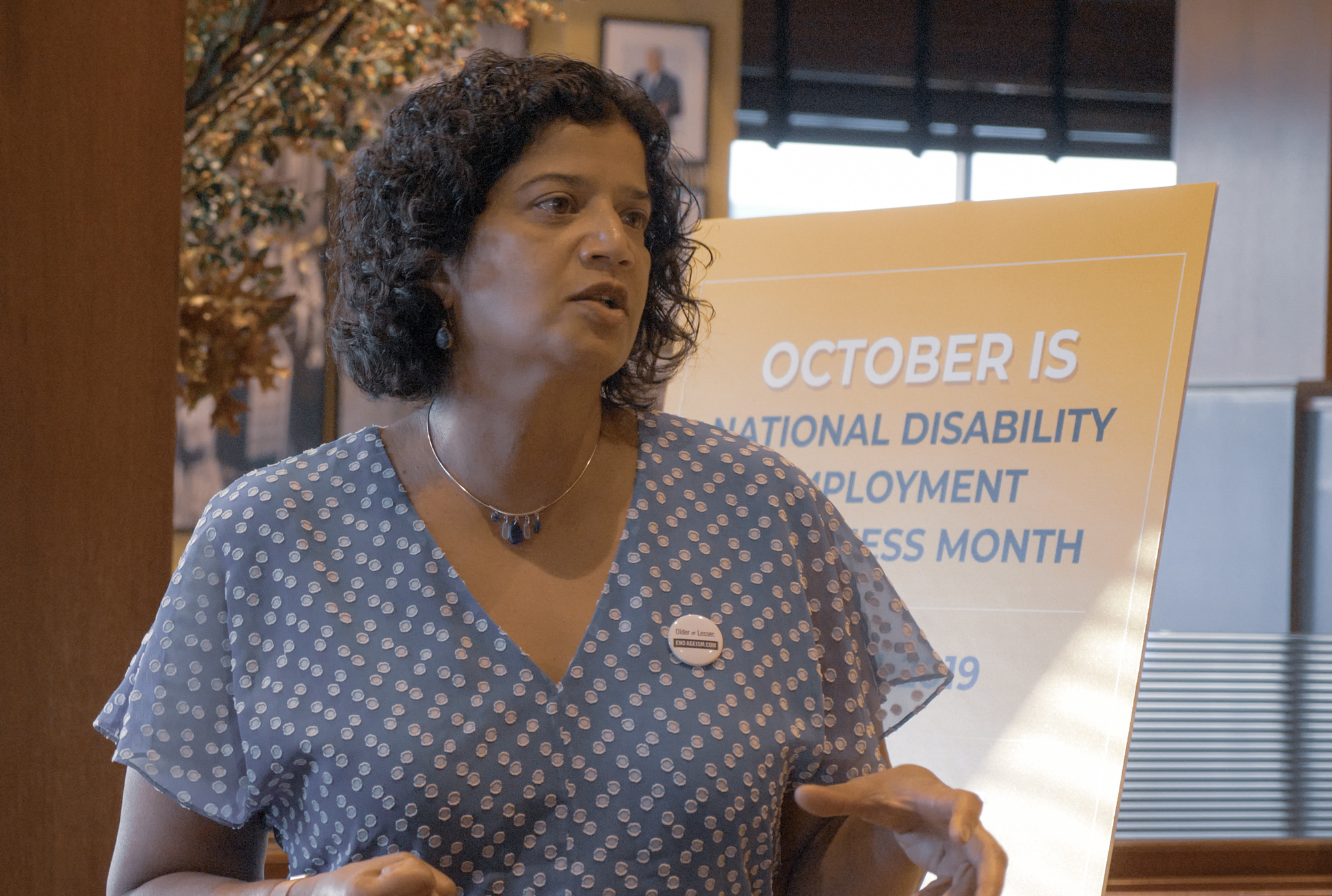
McSpadden's department already funds and monitors more than 60 organizations that provide services in the city. In the coming months, it will seek proposals from nonprofit organizations to operate the center.
DAAS is aiming to open the center in the Tenderloin, a prime location given the large number of people with disabilities residing there. The neighborhood is also close to three of the four BART stations with elevator attendants — Civic Center, Powell, and Montgomery.
Haney said he supports opening the disability cultural center in his district.
“In the Tenderloin, I hear from people all the time that say 'I want to continue to work, I want to continue to participate, but don’t know how,'" he said.
“The (center) will actually help support our entire city, and their ability to contribute.”

